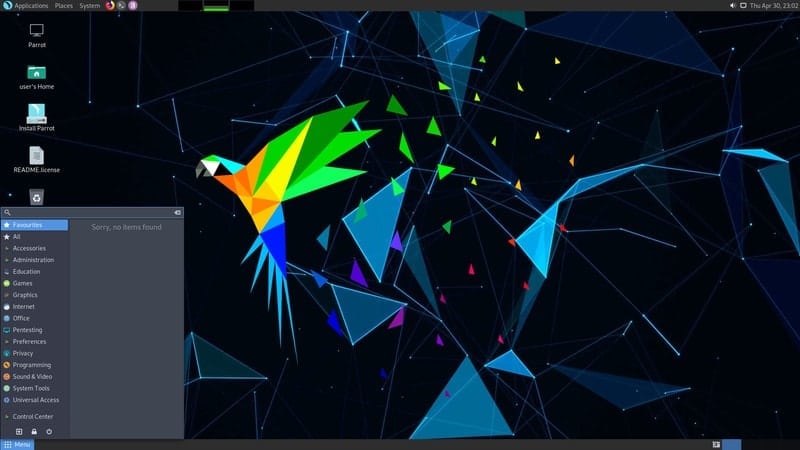
The flagship Garuda variant comes with a heavily customized KDE Plasma and is offered in two editions - Dragonized and Dragonized Gaming. It’s offered in multiple flavors some of the most popular ones are GNOME, Cinnamon, Xfce, and MATE. Garuda Linux is based on Arch and follows the same rolling release pattern. It gets lots of modern elements with gradient coloring splashed across the OS. The centerpiece of Garuda Linux is its UI. Updates are slow to arrive due to the Ubuntu base
Debian based distros free#
Limited customization options in the free version However, for what it is, Zorin OS is definitely one of the cleanest and best Linux distros out there.
Debian based distros pro#
Now, we wouldn’t recommend going all out on the Pro version, since most of the paid features can be added by using extensions. All in all, Zorin has great documentation and posts for beginners to get started, and more importantly, it is completely free and open-source.īesides, Zorin OS also has a Pro version that costs $40, and for that price, you get more desktop layout customizations, preloaded apps such as GIMP and Blender, and the ability to share your mouse and keyboard across computers. There’s also a Lite version that can run on weaker hardware. Zorin is Ubuntu-based but looks/feels quite unlike Ubuntu both in terms of looks and functionality.
Debian based distros install#
Also, the overall bloatware on EndeavourOS is less compared to Manjaro, which makes it one of the cleanest Arch-based distros out there.įrequent Arch updates might break the system or introduce bugsĬalamares installer makes it easy to install Unlike Manjaro, in which new packages from Arch take at least three weeks to make it to the system, updates to EndeavourOS arrive at the same time as pure Arch Linux.

If all you need is a great rolling distribution, you cannot go wrong with EndeavourOS. Besides, EndeavourOS has a great community and is a stellar alternative to Manjaro, or even Arch, for that matter. EndeavourOS does not have “flavors,” instead it prompts and asks you to select the desktop environment of your choice in Calamares during the installation. Overall, it’s a great Linux distro for beginners because everything just works out of the box.Ĭould be a little too basic for advanced usersįor starters, it comes with a customized Calamares installer, which makes installation easy. And well, it has been successful in doing the same. Unlike Ubuntu, Linux Mint drops support for Snaps and embraces Flatpaks with open arms, and lately, the OS is doing its best to discern itself from Ubuntu. And for those who don’t like Cinnamon, MATE, and Xfce are two other officially supported flavors of Linux Mint.Ĭinnamon is popular because it uses far fewer system resources than GNOME, meaning it’s easier to run Linux Mint on old hardware with ease – like other lightweight Linux distros we recommend. A new version of Mint is released every six months, and it’s usually very stable with occasional bugs. Its graphical environment is a bit barebones, but it's fast and runs almost anywhere.Linux Mint also caters to users who hold system stability of utmost importance. It works with 64-bit and 32-bit architectures but has no support for UEFI. Puppy Linux comes with virtually no software, which makes it ideal if you want to build your own minimalist Linux environment. Recommended system requirements for the 64-bit release are described as an Intel Core2Duo with 2GB of RAM. Opting for an Ubuntu-based distribution for example would provide support for Debian packages, while a Raspbian release makes it easy to install Puppy on a Raspberry Pi device. This means you can pick from Ubuntu, Raspbian, or Slackware-based Puppy Linux releases, depending on your preference. Puppy Linux describes itself as a collection of multiple Linux distributions that share the same principles, a unique set of apps and configurations, and the same consistent behaviors and features. It uses a combination of JWM and ROX Desktop for a lightweight desktop experience. The average release weighs in at about 300MB, making it one of the smallest (but not the smallest) releases on this list. No list of lightweight Linux distros would be complete without Puppy Linux.


 0 kommentar(er)
0 kommentar(er)
